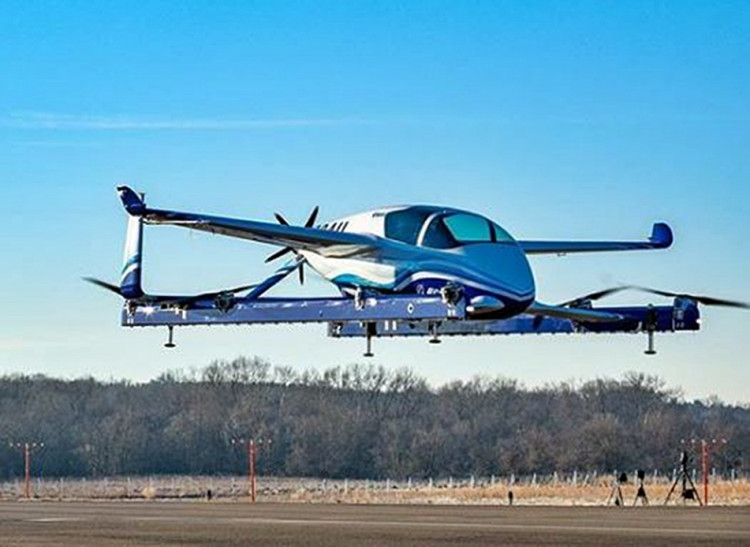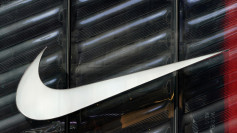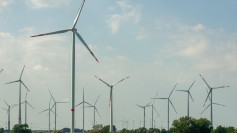Three years after its reveal, Uber's "flying taxi" has taken its first autonomous test flight, albeit just take-off and landing.
The prototype Uber flying taxi flew successfully in Virginia, home of Aurora Flight Sciences, the Boeing subsidiary that developed and built this electric Vertical Takeoff and Landing (eVTOL) experimental plane named the Passenger Air Vehicle (PAV).
Boeing said the PAV prototype completed a controlled take-off, hover and landing during its first flight test Tuesday in Manassas, Virginia. The test verified the flying car's autonomous functions and ground control systems.
The company said it will continue testing the PAV to improve its safety and reliability.
PAV was designed to be completely autonomous. With a range of 80 km (50 miles), PAV is powered by an electronic propulsion system. Boeing said future tests will include forward flight and transition from takeoff, to flight, to landing.
Future flights will also test forward, wing-borne flight, as well as the transition phase between vertical and forward-flight modes. This transition phase is regarded as the most difficult engineering challenge for any high-speed VTOL aircraft.
PAV is a project of Boeing NeXt, which leads the company's urban air mobility efforts. Boeing NeXt worked with Aurora Flight Sciences to design and develop the PAV eVTOL aircraft.
Uber and its aviation unit, Uber Air, first unveiled models of its flying taxis at the Uber Elevate Summit in Los Angeles in May 2018. At the time, Uber touted its air taxis as a way to drastically slash commute times and reduce pollution.
Uber Air said the public will start seeing air taxis by 2023. Some experts believe it will take much longer for the U.S. Federal Aviation Administration to approve this revolutionary mode of transport (some say dangerous).
"In one year, we have progressed from conceptual design to a flying prototype," said Boeing Chief Technology Officer Greg Hyslop.
He said Boeing's expertise and innovation were critical in developing aviation as the world's safest and most efficient form of transportation. Boeing will continue to lead with a safe, innovative and responsible approach to new mobility solutions.
"This is what revolution looks like, and it's because of autonomy," said John Langford, president, and CEO of Aurora Flight Sciences. "Certifiable autonomy is going to make quiet, clean and safe urban air mobility possible."
Textron, a subsidiary of Bell Helicopter, is also partnering with Uber in developing a similar vehicle meant to fly people short distances in cities. Overseas, Airbus and the German firm Volocopter are also working on air taxi prototypes.
Aviation experts said air taxis are the next way for the aviation industry. Developing these autonomous eVTOLs allow the industry to think about what transportation should be in the next 10 to 20 years.






